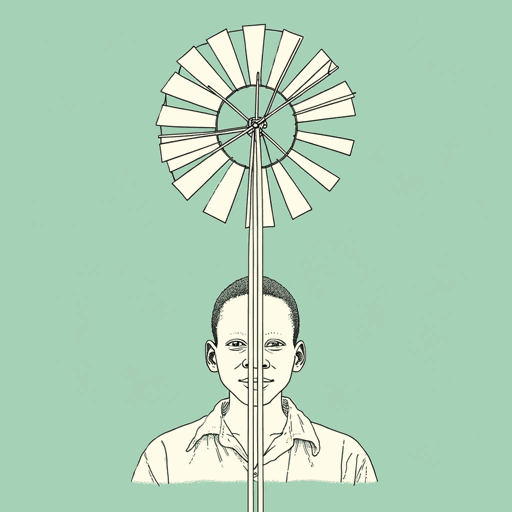68 pages • 2 hours read
William KamkwambaThe Boy Who Harnessed The Wind
Nonfiction | Book | Adult | Published in 2009A modern alternative to SparkNotes and CliffsNotes, SuperSummary offers high-quality Study Guides with detailed chapter summaries and analysis of major themes, characters, and more. For select classroom titles, we also provide Teaching Guides with discussion and quiz questions to prompt student engagement.
Symbols & Motifs
Radios
For William, radios represent his first foray into learning about electronics and how they work. He and Geoffrey take radios apart and put them back together, and eventually start their own radio repair business. The radio becomes important again when William uses one to test the bicycle dynamo, and, later, to test the model windmill. Finally, he learns how to send out radio signals, instead of just receiving them.
Bicycle Dynamo
The bicycle dynamo that Trywell’s friend has kicks off William’s fascination with generating electricity. Until then, he’d been salvaging old, partially used batteries for electricity. He knows the dynamo works, but he doesn’t find out how until he accidentally finds a book at the library that explains it. This discovery eventually leads to him building the windmill.
Maize & Tobacco
Maize and tobacco represent the Kamkwambas’ principle crops. When the drought hits, the harvest suffers. As a result, William not only fails to find joy in farming—which pushes him to engage in scientific study and experimentation—but the family and village suffer from starvation and disease as a result of the ensuing famine. When the crops begin to grow again and produce a full harvest, they represent the theme of hope that carries William through the book.

